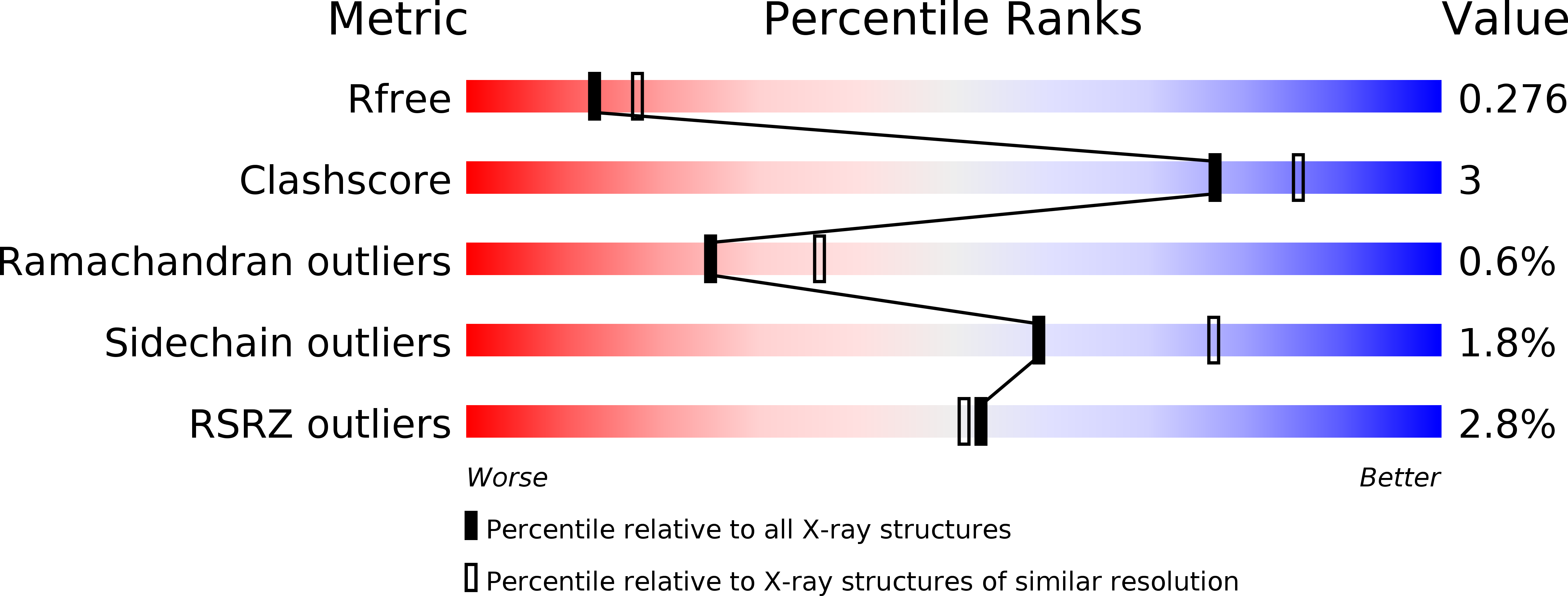
Deposition Date
2007-03-20
Release Date
2007-09-25
Last Version Date
2024-11-13
Entry Detail
PDB ID:
2UWE
Keywords:
Title:
Large CDR3a loop alteration as a function of MHC mutation
Biological Source:
Source Organism:
HOMO SAPIENS (Taxon ID: 9606)
MUS MUSCULUS (Taxon ID: 10090)
MUS MUSCULUS (Taxon ID: 10090)
Host Organism:
Method Details:
Experimental Method:
Resolution:
2.40 Å
R-Value Free:
0.29
R-Value Work:
0.24
R-Value Observed:
0.24
Space Group:
P 1 21 1


